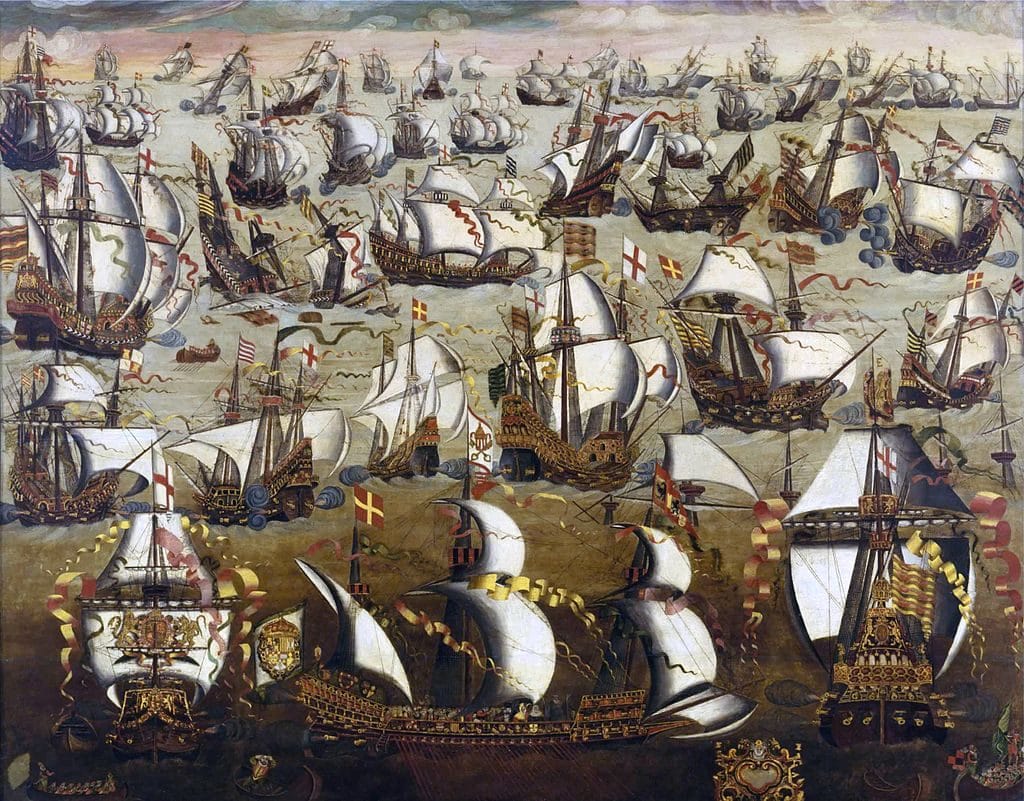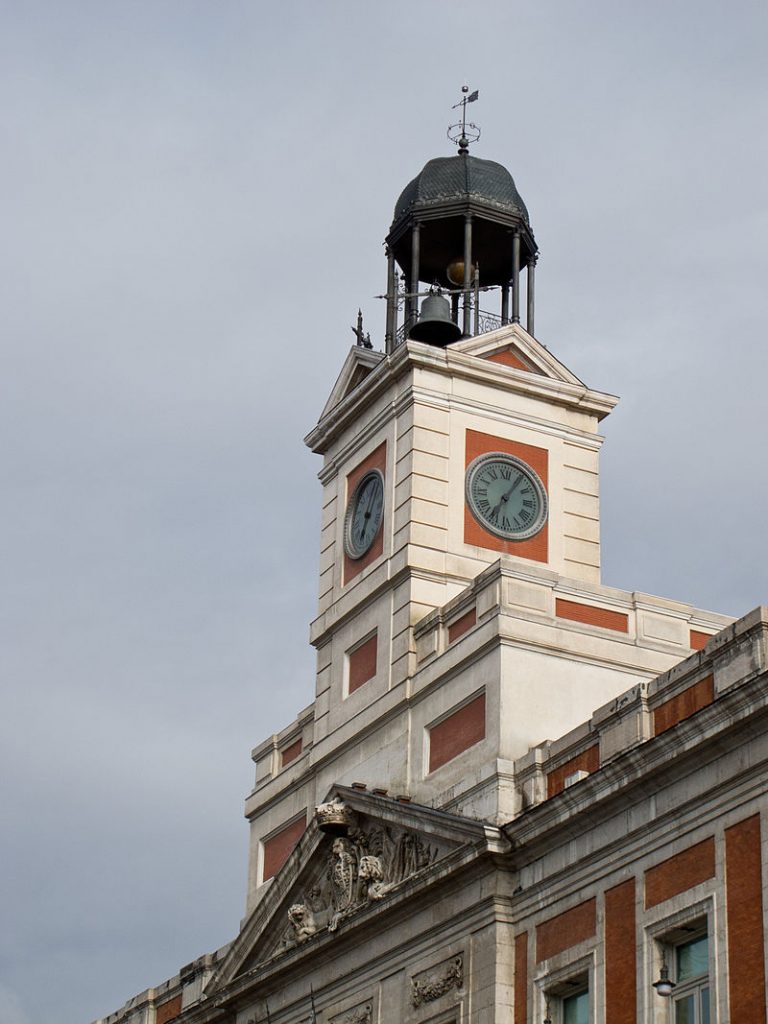A lucrative conquest?
The conquest of the New World was a bit of a kerching moment for Spain. Galleons containing vast amounts of gold were brought over to fill the crown’s coffers making Spain the envy of all Europe. And yet visitors to Madrid were surprised at how scuzzy the city looked. The unpaved streets were muddy and filled with excrement (see previous post) and the city lacked any proper infrastructure. Still, the court put on quite a display at lavish events held in the Plaza Mayor. In short, while the aristocracy (and by extension the church) flashed about a huge amount of bling, there was not much trickle-down effect to benefit the mud-spattered man on the street.
Spendthrift culture
You’d think a spendthrift culture would be good for the economy, but actually the reverse was true. Vast amounts were spent on swanky tat from overseas creating a huge trade deficit. Added to this the existence of massive gold reserves actually drove up prices within the country; because there was a limited supply of domestically-produced goods, they ended up costing more. This also meant that no one overseas was going to buy over-priced Spanish goods.
In an attempt to generate some income, Phillip II went to war with England in 1588. This way he could grab a much needed cash injection while teaching those pesky protestants a lesson into the bargain. However, the fates were against him and his fleet got wrecked off the British coast. As only 25% of this ill fated venture was funded with Spain’s gold reserves, Phillip II found himself deep in hock to foreign creditors. What to do? Let’s introduce a food tax driving prices up to ever more scandalous heights.

Expensive military mistakes
You’d think the crown would have learnt its lesson from the Armada debacle, but no, succeeding monarchs continued to try to wage war on “heathens” while consistently getting their arses kicked and in this way the Spanish Empire gradually diminished. So, yeah, waging war was one more reason Spain lost a ton of its gold. Another was piracy, which probably accounted for around 15% of gold shipped over from the Americas.
Sad to say that few golden pre-Colombian artifacts remain in Spain as the majority of the crown’s collection was destroyed in a fire back in 1734. The few surviving examples are on display at the Museum of the Americas. Well worth a visit if you’re in Moncloa.
Keen to find out more about the history of Madrid? See another side of the city with one of my unique walking tours.






Pingback: A Peek Inside Banco de España - The Making of Madrid